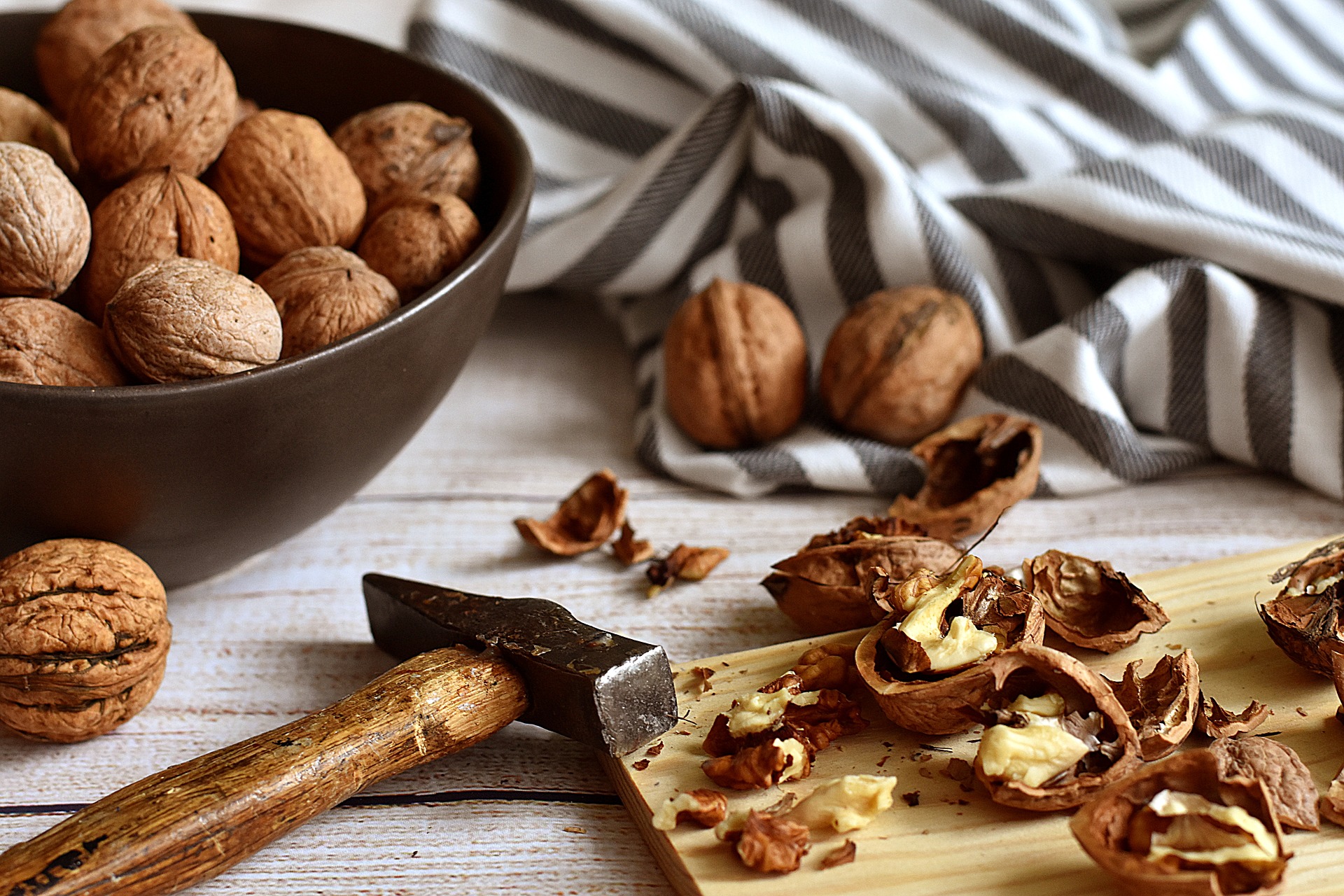Unless you are a huge geography fan or happen to know someone from there, you’ve probably never heard of Kyrgyzstan. It’s a landlocked country full of mountains and lakes, with a long history influenced by bordering countries such as Uzbekistan and China. It was part of the Silk Road and has a tradition of nomadic and independent tribes and clans. It became a sovereign nation in 1991 after the fall of the Soviet Union. Traveling to Kyrgyzstan is heaven for hikers and travelers who want to experience what everyday life is like.
The landmarks of Karakol
The fourth-largest city in Kyrgyzstan, Karakol offers beautiful and unique architecture. It’s also a good place to start from if you’re interested in hiking and skiing. The town was founded in 1869, where merchants and explorers often lived. Cool sights include the Holy Trinity Cathedral, a wooden church. It used to be stone, but an earthquake in 1890 destroyed the original. The foundation remained, and Karakol built a new wooden structure in 1895. If you’re a woman and want to go in, remember to wear a headscarf. The Karakol History Museum is another cool place to visit. It contains artifacts, exhibits of the Kumtor Gold Mine, and photography.
The walnut forests of Arslanbob
You’ll find Arslanbob in southern Kyrgyzstan. This village thrives on tourism, but it’s the kind of tourism that integrates visitors into its everyday life. If you go between late September to early October, you’ll be traveling to Kyrgyzstan right as the walnut harvest is going on. This tradition is hundreds of years old – villagers spend all day in the forest collecting walnuts and getting them really to sell. In the evening, it’s time for relaxing over a good meal and tea. As a tourist, you’ll make housing and activity arrangements with the CBT office. CBT stands for ‘community-based tourism,’ so instead of hotels, you’ll be staying with families wanting to make extra money. If you want to explore, local guides can be hired to lead you to forests, lakes, and mountains.

Villagers spend all day in the forest collecting walnuts and getting them really to sell.
The Son-Köl lake
If you are traveling to Kyrgyzstan for nature and hiking, you have to head to Son-Köl. This lake surrounded by mountains and meadows is the perfect setting for hiking, horseback riding, and star-gazing. Between June and September is the best time to go, since herders will set up their yurts (it’s too cold other times of the year), and many are part of the local tourism community. With the local tourism office, you can arrange for yurtstays, horseback-riding, hiking, and so on. Be sure to bring money to buy food and water from herders, since there are zero shops. There are streams you can get water from, but bring water-purifying gear. Head to Batai-Aral or Jamanechki to find tourist information and guides.
The food of Kyrgyzstan
When traveling to Kyrgyzstan, be sure to take every opportunity to try local dishes. Beshbarkmak is the most well-known meal, and meant to be eaten with your hands. The name actually translates into “five finger.” You’ll find the dish at any party or fun gathering. So, what is it? The simplified version is noodles mixed with boiled meat (usually sheep or sometimes horse) and a spicy sauce. Broth gets poured over the whole thing. The ritual is important, too: the meatiest bones are given to the oldest guests first, while the guest of honor gets the head and eyes. Old men get the thigh bones, the older women get the fat tail, and the legs and shoulders are divided among the young adults. Other dishes you might see include blinis ( thin sweet or savory Russian pancakes); plov, which is rice mixed with meat, garlic, onions and carrots; and different varieties of meat dumplings and stews.
—————-
Macao is another unique travel destination you may not have heard of it, but it’s bursting with life and a unique cultural blend.




